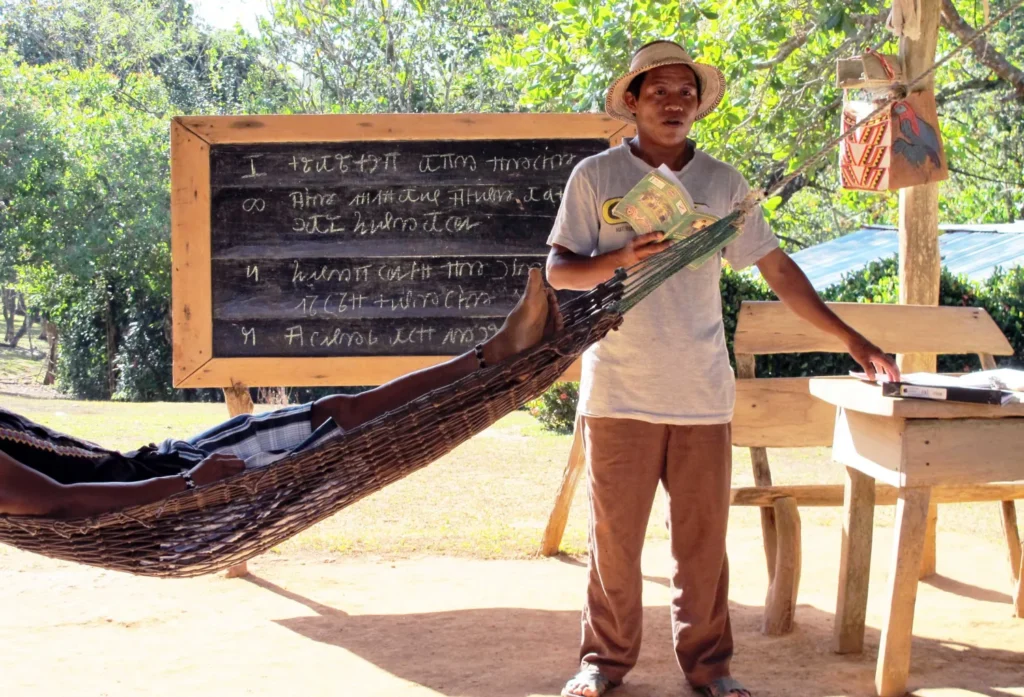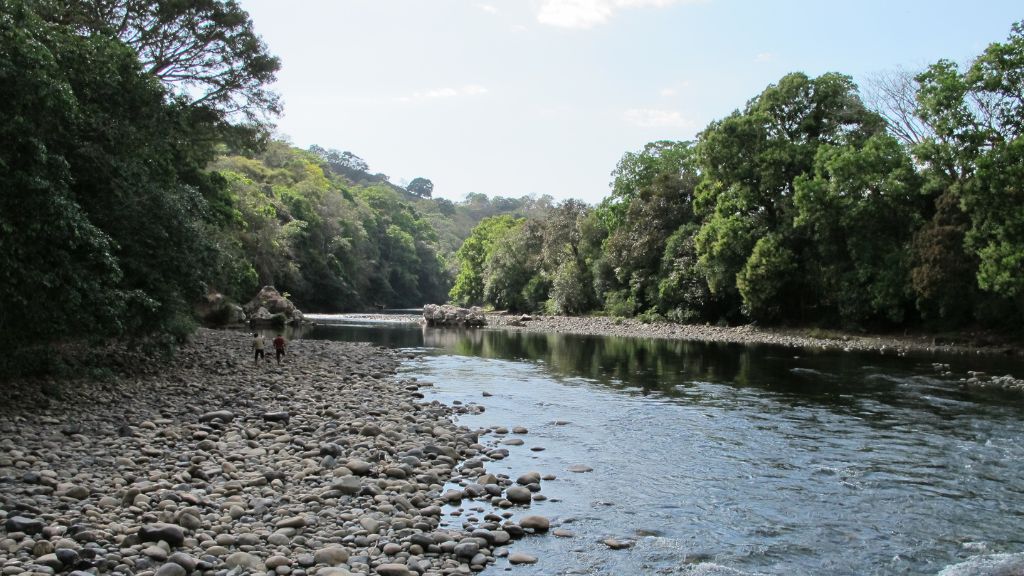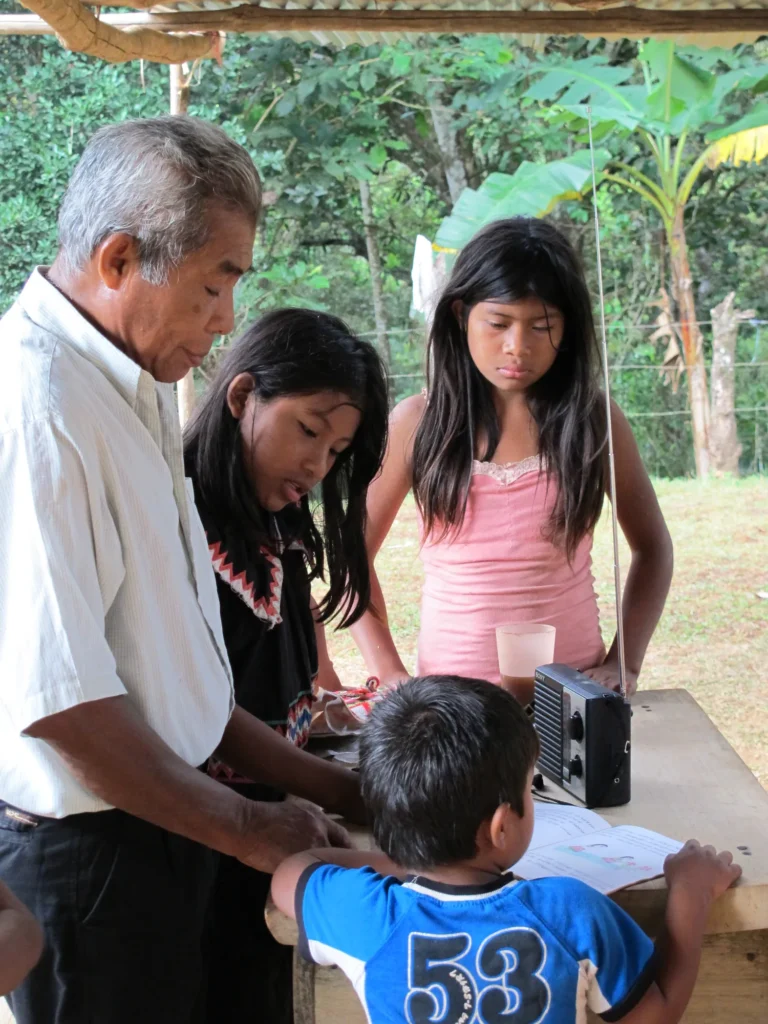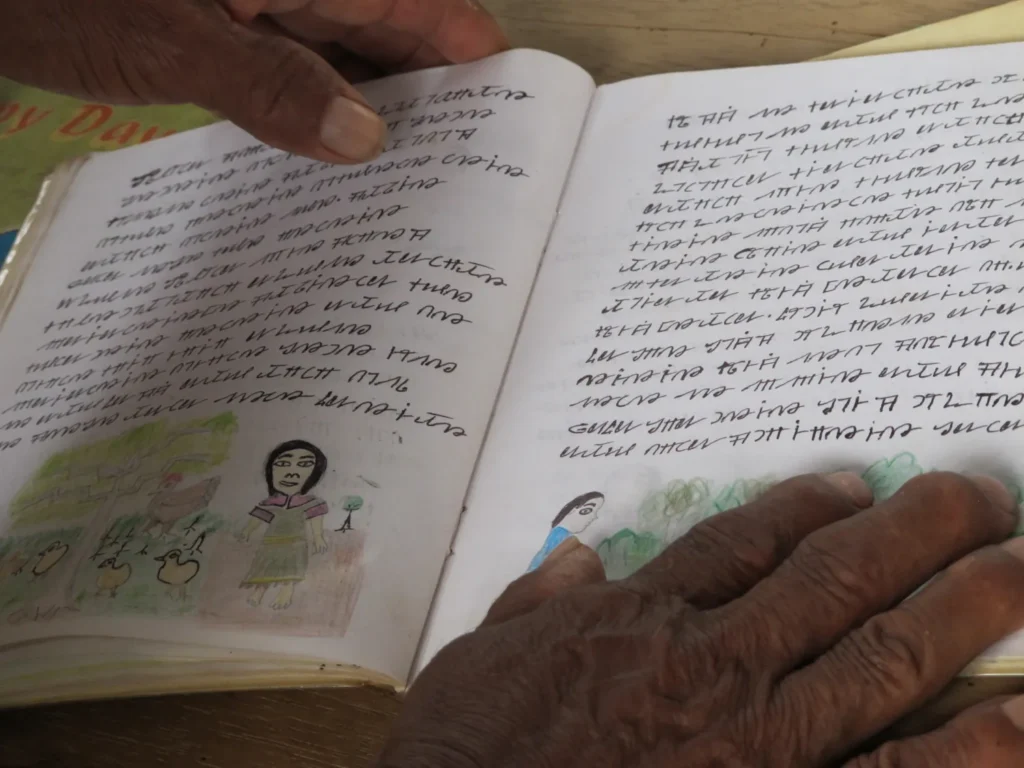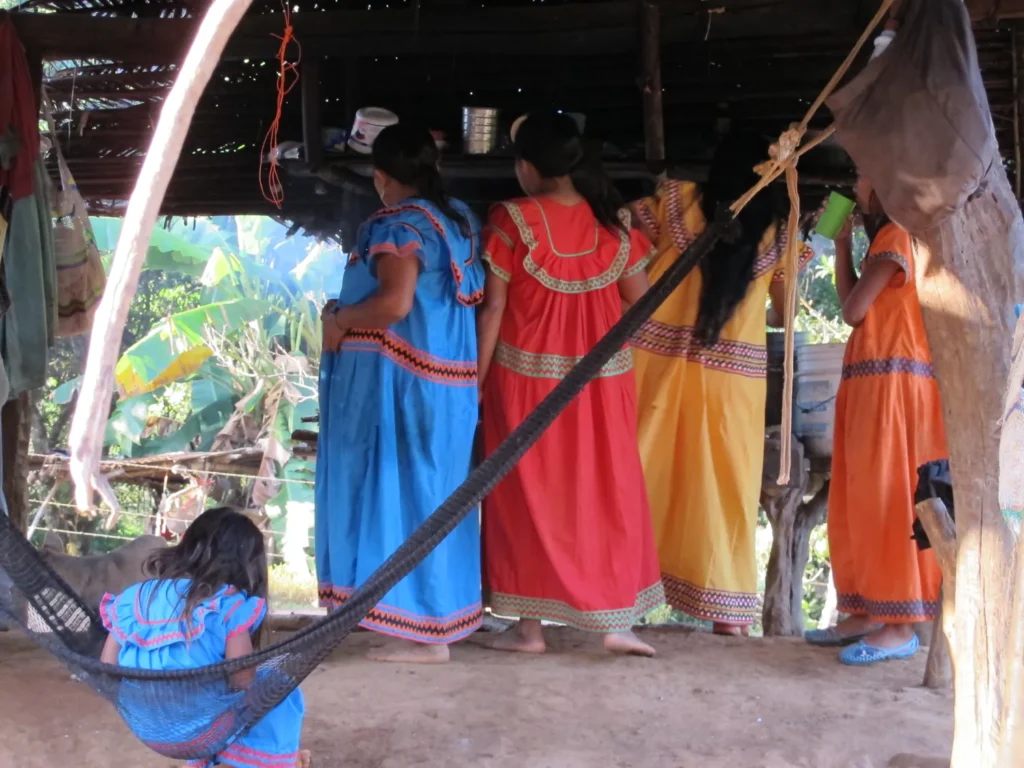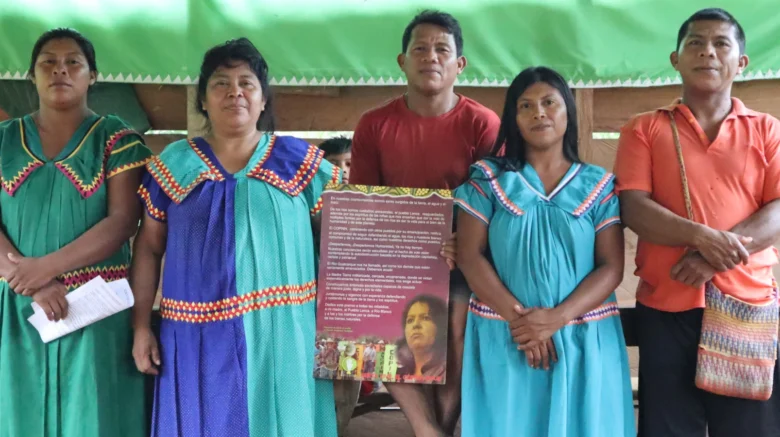Defendiendo el Río Tabasará
Las comunidades Ngäbe se han resistido a las propuestas gubernamentales de construir represas en el río Tabasará desde la década de 1970. El 10 de abril de 1999, varios Ngäbe fueron arrestados tras las protestas contra la propuesta de construir una represa de 48 megavatios, y fue ese día que las comunidades afectadas formaron el movimiento de resistencia Moviemiento 10 de Abril (M10).
En 2007, el gobierno panameño otorgó una concesión a Generadora del Istmo (GENISA), empresa propiedad de la prominente familia hondureña Kafie, para construir la represa Barro Blanco de 28,84 megavatios en el río Tabasará, en Chiriquí, al oeste de Panamá. El proyecto se financió mediante préstamos de tres bancos de desarrollo, entre ellos el holandés FMO y el alemán DEG, y fue aprobado bajo el Mecanismo de Desarrollo Limpio (MDL), un programa de compensación de carbono de la ONU que permite a los países desarrollados invertir en proyectos destinados a reducir las emisiones de carbono en países en desarrollo.
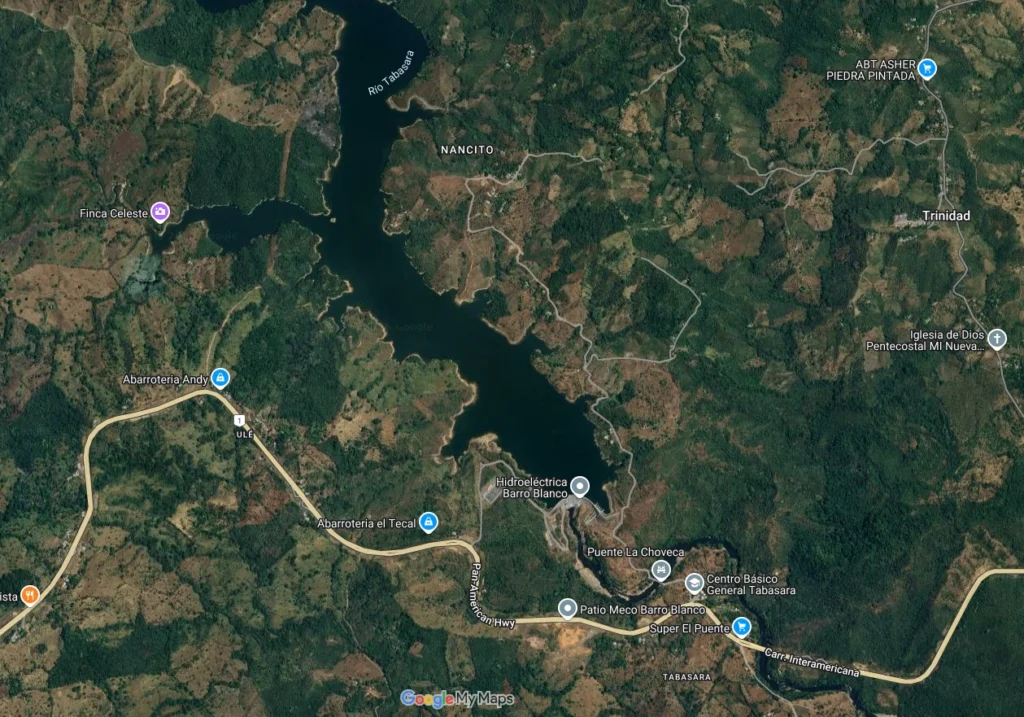
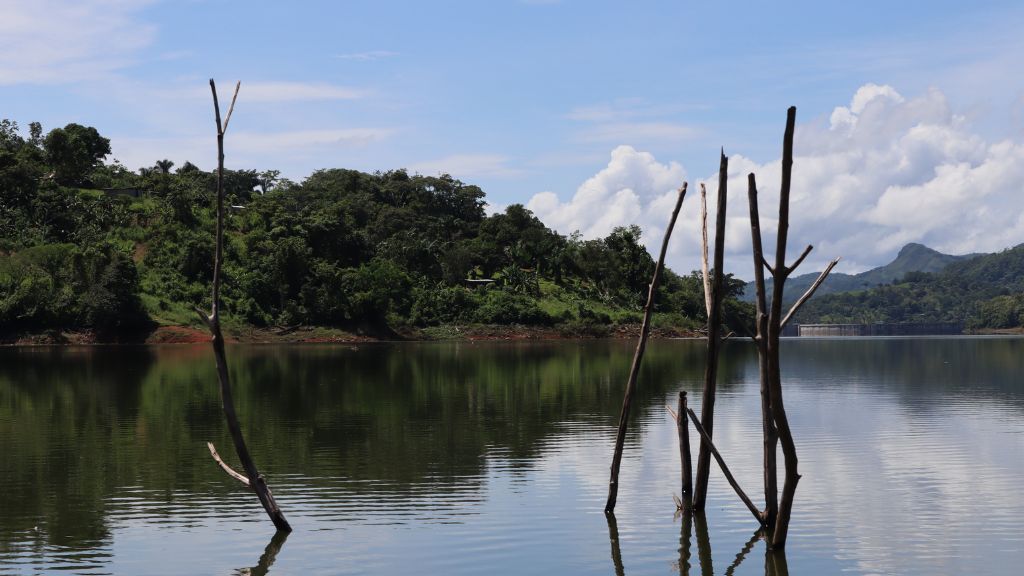
La construcción de la represa Barro Blanco comenzó en febrero de 2011 y se completó en 2016, impactando significativamente a cuatro comunidades Ngäbe que viven a lo largo del río Tabasará. El embalse ha inundado hogares, tierras agrícolas y sitios sagrados, tierras que tienen un significado cultural, económico, histórico y espiritual para estas comunidades. La represa ha alterado el flujo natural del río Tabasará, afectando negativamente a los ecosistemas locales y a la biodiversidad. Las poblaciones de peces, que son una fuente de alimento vital para los Ngäbe, han disminuido, lo que ha llevado a una reducción en la disponibilidad de proteínas.
Las comunidades Ngäbe argumentan que sus derechos a un consentimiento libre, previo e informado no fueron respetados durante la planificación y construcción de la represa. Han surgido numerosas protestas y conflictos entre las comunidades Ngäbe, el gobierno panameño y las empresas involucradas en la construcción de la represa, a veces resultando en enfrentamientos violentos y represión.
En respuesta a las preocupaciones sobre derechos humanos, el gobierno ha retirado a Barro Blanco del esquema del Mecanismo de Desarrollo Limpio. Los paneles de investigación han aconsejado a los bancos de desarrollo que financiaron la represa que se disculpen públicamente por sus impactos y aseguren que las comunidades afectadas reciban compensación. Hasta la fecha, las comunidades del Tabasará continúan luchando por reparaciones.
Hoy, ni nietos ni nietas pueden [bañarse] porque si van ahora, se meten al agua y mañana van a tener comezón en el cuerpo porque esa agua produce comezón, y alergias, y entonces para que eso no pase tenemos que decirles a los niños, no, no se metan a esa agua. Aun así, van y se meten, pero sufren con su piel, con enfermedades, y eso es agotador, ha sido una lucha agotadora, y con la presa hidroeléctrica, todo es peor. No tenemos adónde ir, y sabíamos que esto iba a ser así, y por eso no queríamos que se hiciera allí esa presa hidroeléctrica.
— Weni
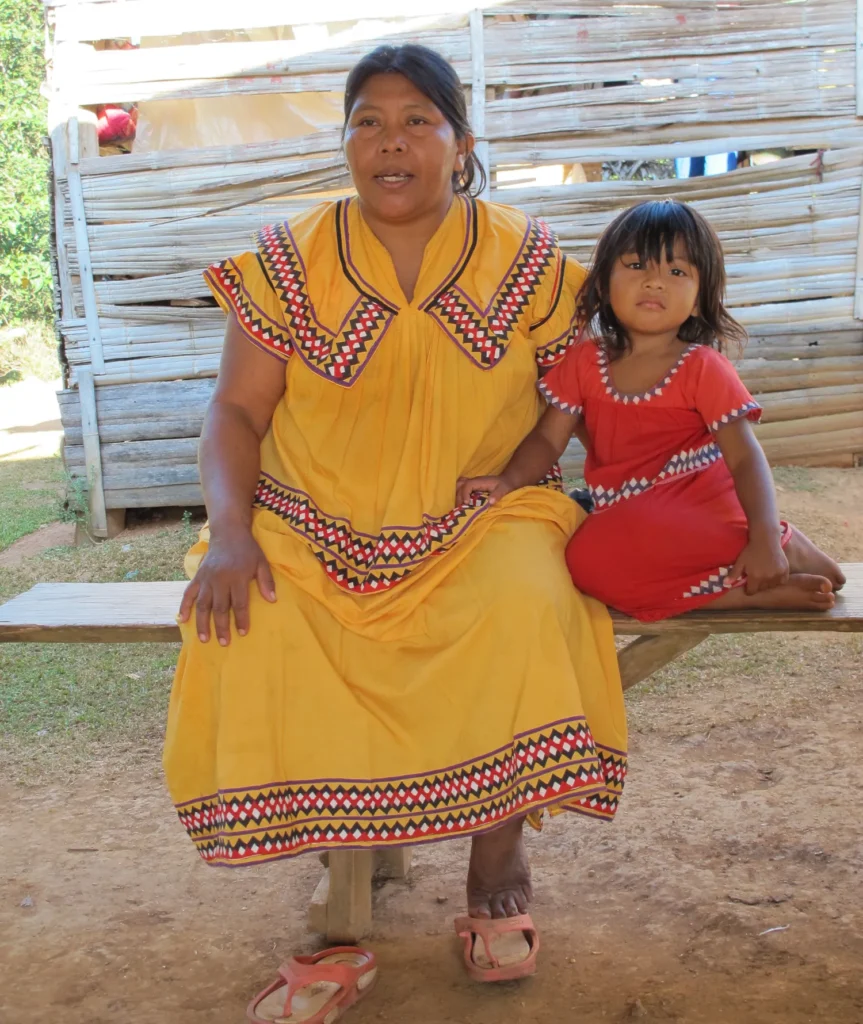
Puede ser un terremoto, puede ser lo que sea, un tsunami, pero pasa y se va. A diferencia del proyecto Barro Blanco, para nosotros es una experiencia muy terrible, porque es un proyecto que viene para quedarse por 100 años. Y ha cambiado nuestra vida de manera a lo peor. En primer lugar, las formas libres de poder transitar en donde queremos. Si no hay un transporte, no podemos y el embalse es lleno de sedimentos. O sea, que es algo para nosotros terrible vivir esta vida desde que se cerró la compuerta. Entonces, en sí, consideramos que nuestra vida ha cambiado bastante en relación con el proyecto, ya que es un proyecto que, en primer lugar, solamente estaba previsto para un interés extranjero y no para desarrollar ningún pueblo tal cual como ellos lo decía.
— Goejet
